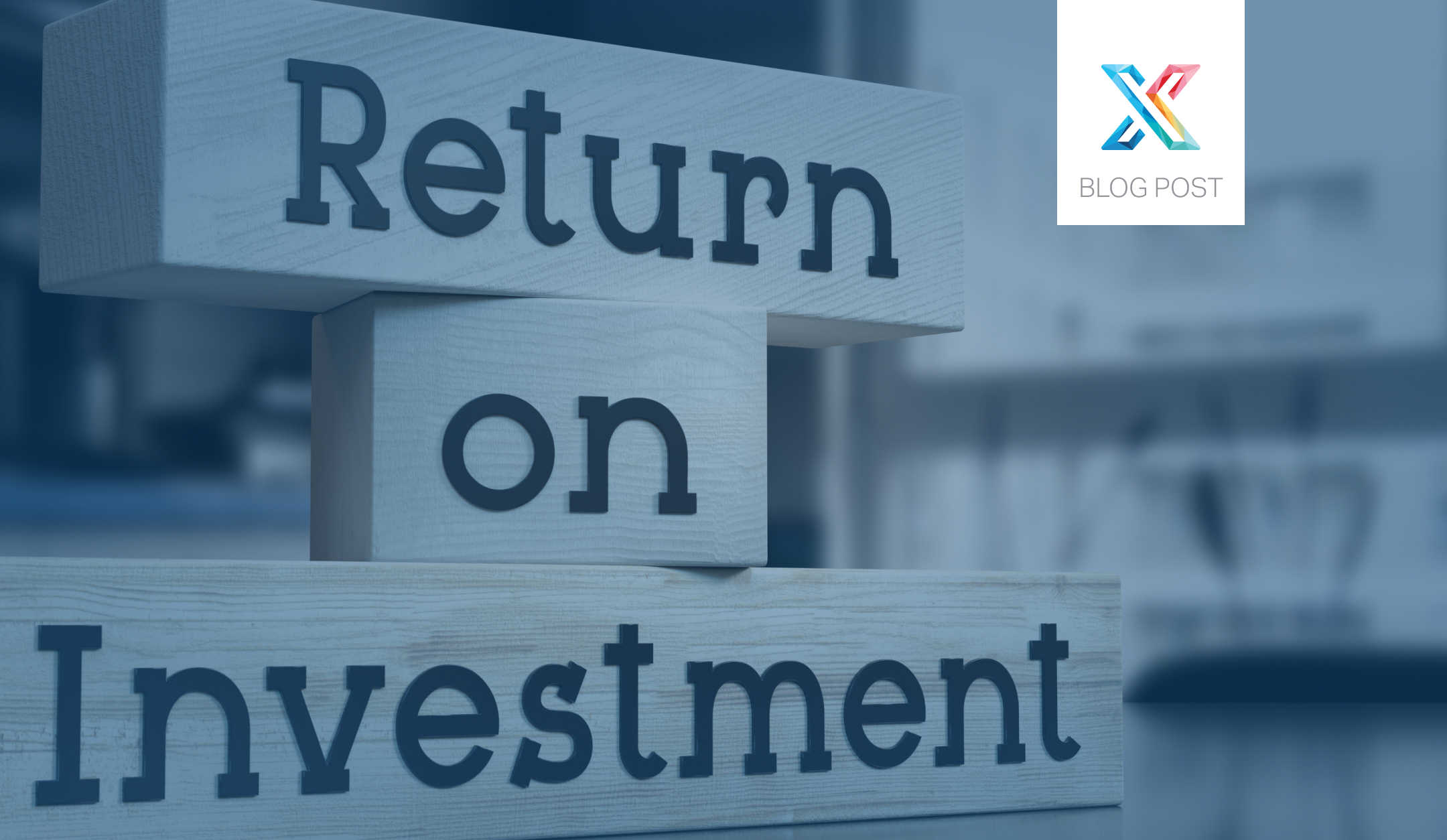I heard a speaker say recently, “There is no reason for any firm to apologize for its need to make a profit. ”He was right. Profitability is essential to the health of any business. Furthermore, it's necessary to enable a business to continue to grow and provide jobs for its employees as well as service to its clients. And, the protection of profits is cited as a barrier to the upfront investment for Customer Experience Strategy. How can you help your team (and possibly your leadership) see the long-term ROI of placing the client at the center of everything your firm does?
Identify areas of opportunity
Let’s agree that if you want to measure the impact of a shift in the investment of Customer Experience (CX), you first need a solid understanding of when you believe your clients will notice a change.
B2B Customer Journey Mapping lets your team map out the interactions your client has with your firm throughout your entire relationship. This includes the moment they are introduced to you through a business opportunity, a meeting, or networking event until the project is completed or the service provided is finalized and you are continuing to build the relationship in the hope of repeat business.
To complete your Customer Journey Map, you and your team want to consider who is involved (both on your team and the clients’), what is exchanged during points of interaction (reports, deliverables, emails, invoices, etc.), what goes on behind the scene for both you and your client, and the many possible emotions your client might have during each of these moments. This process allows you to pinpoint moments of elation, friction, and even indifference, which then provides areas of opportunity as you look for ways to do more of what delights your clients and discuss ways to remove the friction and/or indifference in the relationship.
Targeting feedback requests (measurement) around these moments and reviewing trends over time will allow you measure and prove how your culture shift is affecting your client relationships.
Gather feedback from your clients
Let’s talk about how and what to measure so you can identify meaningful trends linked to your firm’s investment in client experience. Client Savvy created a customer feedback software platform using insights from more than a decade of research into best practices. I will be using our customer feedback tool as a reference, however, the strategies I’ll share can likely be incorporated into whatever process you are using.
How to measure
As mentioned, you want to ask for feedback following those moments in which you have changed your process based on your journey map results. But before you even do that, understand what your clients are actually saying before making any adjustments. At Client Savvy, we call this a “baseline.” The results you present of positive improvements will have a much greater impact on Customer Experience Strategy when you can demonstrate where you began.
Example
Let’s look at an example. ACME Engineering identified several opportunities in their existing process and made changes they felt would enhance their clients’ relationship working with them. Two of these were their invoicing process and communication strategies. In both cases, looking at how their clients might feel and questions they might be asking led to these changes.
On their invoicing process, the change was simple. Right before the first official invoice was sent to their client on a project, they sent a sample invoice. It explained the invoice layout and information provided and asked the client if this invoice format would work for their needs.
The change in their communication strategy was equally simple. Using their insight into what their clients might be thinking or feeling during the project adjusts their interaction with them. ACME team members realize that during construction, their team would just ‘handle’ challenges in the client’s best interest. They had used the lens, ‘we are the experts and they hired us to handle challenges.’ Nevertheless, the Journey Map was quite revealing. Although their clients trust them, they like to understand what is going on and be part of the solution. This led them to include, as part of their service delivery process, an internal review of potential construction challenges. Then it followed (if needed) with a client meeting to discuss and share these findings.
ACME had already been getting feedback on both their invoicing and communication interactions, so a baseline was not needed. As they implemented these changes, it was easy to see the impact they had on their clients’ perceptions of the experience of working with ACME.
What to measure
Numbers and quantitative data are critical to understanding changes in your clients’ perceptions as you implement new processes. Question categories that fit well for most products or services include:
- Helpfulness
- Responsiveness
- Accuracy
- Easy to work with
- Quality
- Schedule
- Budget
You’ll see that some measurements are around human facing activities and others are based on actual deliverables. Both categories are integral to a complete client experience. And while there will be nuances to your client experience process for each of your clients, using the measurement criteria above for your entire client portfolio will allow you to identify trends and gather data that supports your decision to place clients at the center of your business by delivering the best CX you can.
Qualitative Strategy
As important as they are, numbers tell only part of the story. Qualitative data (such as a linguistic analysis) often gets a bad rap. We often mistake its lack of “hard” numbers and stark facts for imprecision. But it’s our tendency to treat qualitative data the way we treat quantitative data that creates the problem, not the data itself. Doing that to qualitative data is like blaming a hard-boiled egg for ruining the cake you’re baking. Hard-boiled eggs have many uses – baking just isn’t one of them.
In a previous post, we shared a case study taking us ‘behind the scores.’ The case study focused on a client whose quantitative scores were all over the map. They simultaneously provided extensive comments at every opportunity, and even the numbers were confusing by themselves. After analyzing their comments, however, we gave the firm a clear picture of what was going on with their client. As she presented the results, there were lightbulb moments for members of the team. It all made sense giving that firm an opportunity to make changes that effected their clients’ experience going forward. One “aha” moment for one client can quickly turn into a change for all of them. This further empowers you to assess for success with subsequent feedback.
Celebrate your team’s success
Speaking of success – never forget that firms don’t implement CX strategies, their employees do. Ensure your team understands the value of their buy-in to your firm’s focus on customer experience. Let them feel the impact they had on the positive return on investment you are seeing. Don’t be afraid to let them feel proud of their contributions to what you’ve achieved. After all, staff who feel confident and competent in their work tend to stick around. Your ability to retain your team has a direct impact on your clients’ experience working with you. While it can cost $100K+ to replace an employee, the impact on your client relationships can make this number much higher.
Ensure your team understands how their work enabled success. We all like to hear “Great job” but your feedback to your team is more valuable when you identify the specific actions they took to create positive results. Many firms are now going away from annual reviews to a more ongoing review process. Regardless of which your firm uses, encourage your managers to keep a file on their phones or laptop where they can note what members of the team have done. Then, remind them to share these results with the larger team.
Stretch their skills
It’s great to think all team members will embrace the changes your firm is implementing equally. However, the reality is usually different. Challenge those members of your team that really embrace your CX initiatives to become more involved. Invite them to be part of a team that brainstorms ways to increase engagement. Involve them in the analysis of the data to help your firm identify the trends you are seeking. A quick conversation and some guidance might produce a win-win-win for your CX program.
Let them be heard
Your employees are on the front lines and are the ones closest to your clients. They speak with them regularly and have a different relationship with them than your firm’s leadership. Take advantage of the reality that they have their finger on the pulse of the relationship and give them regular opportunities to share what they have heard. Reflecting together, they might uncover more than they anticipated, which means growth for all.
The Impact of Customer Experience Strategy
Customer Experience (CX) is proven to drive firm growth and profitability. Convincing your leadership to invest in CX as an initiative doesn’t have to be a hard sell. Using some of the simple steps I’ve outlined here can start you on identifying, measuring, and celebrating the successes you are creating. And remember ACME Engineering? Below are the results they have experienced as a function of the initiatives they put in place.

Interested in beginning or advancing your firm's customer experience strategy? We have worked with hundreds of professional services firms and would love to work with you. Contact us here to speak with a customer experience expert today.





